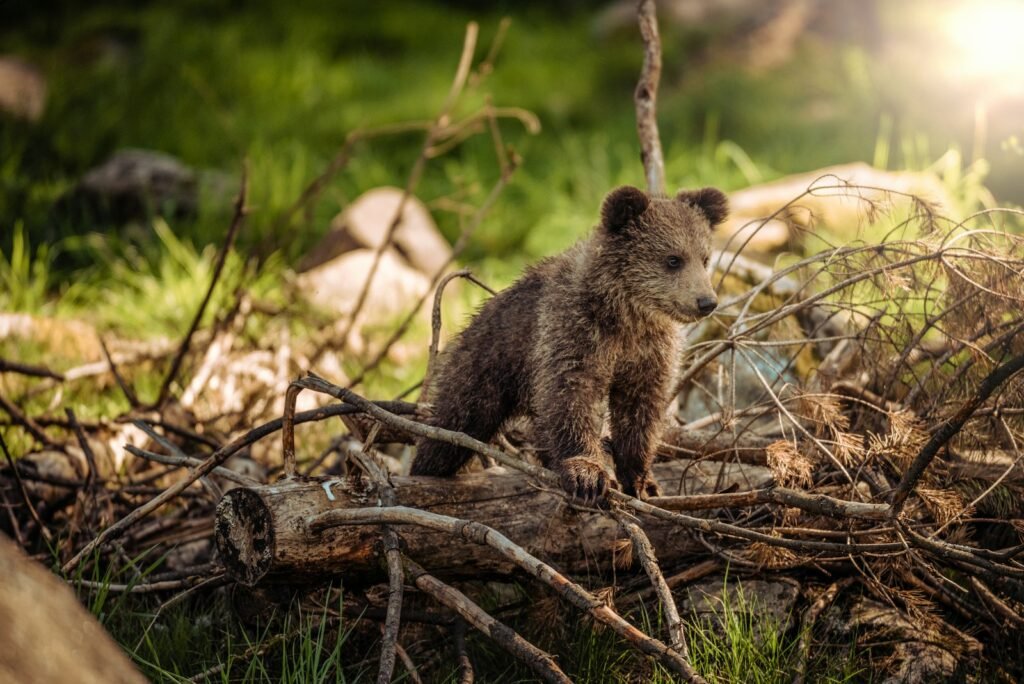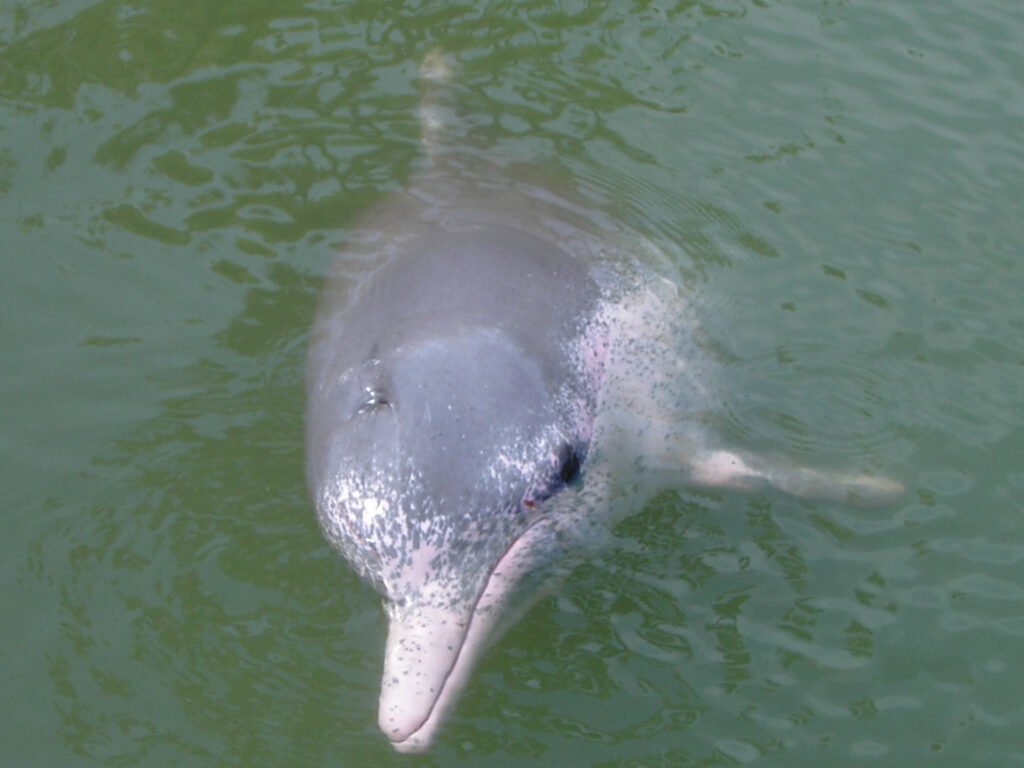In the heart of Oregon’s high desert, just south of Bend, lies a vast volcanic landscape that whispers tales of fire and transformation. This is Newberry Volcano—a colossal, yet often overlooked, geological marvel that sprawls across 1,200 square miles, making it the largest volcano in the Cascade Range. Despite its immense size and complex history, Newberry remains shrouded in relative obscurity, earning it the moniker “America’s loneliest volcano.” But beneath its quiet surface lies a dynamic past and an active future, waiting to be explored.
A Giant Among Giants: The Anatomy of Newberry

Newberry Volcano defies simple classification. While its broad, shield-like profile resembles the gentle slopes of Hawaiian volcanoes, its eruptive history is more akin to the explosive stratovolcanoes of the Cascades. Over the past 600,000 years, Newberry has unleashed a diverse array of eruptions, producing everything from fluid basaltic lava flows to violent rhyolitic explosions. This versatility is evident in its landscape, dotted with over 400 volcanic vents—the highest number in the contiguous United States—including cinder cones, lava domes, and expansive lava fields.
Serene Summit

At its summit lies the Newberry Caldera, a massive 4-by-5-mile depression formed by a cataclysmic eruption approximately 75,000 years ago. Within this caldera rest two serene lakes—Paulina Lake and East Lake—separated by a central pumice cone. These features not only offer a glimpse into the volcano’s tumultuous past but also serve as reminders of its persistent geothermal activity.
The Big Obsidian Flow: A Frozen River of Fire

One of Newberry’s most striking features is the Big Obsidian Flow, a 1.09-square-mile expanse of black volcanic glass formed during the volcano’s most recent eruption about 1,300 years ago. This rhyolitic lava flow is a testament to the volcano’s explosive capabilities, having originated from a vent on the southern flank of the caldera. The eruption began with a powerful explosion that ejected pumice and ash across the region, followed by the effusion of viscous lava that cooled rapidly to form the obsidian field we see today.
Walking across the jagged surface of the Big Obsidian Flow is like traversing a frozen river of fire. The sharp, glassy terrain glistens under the sun, offering a stark contrast to the surrounding forests and lakes. This area not only provides a unique hiking experience but also serves as a natural laboratory for studying volcanic processes and the resilience of ecosystems in harsh environments.
A Tapestry of Eruptions: Newberry’s Volcanic Legacy

Newberry’s eruptive history is a complex tapestry woven over hundreds of thousands of years. Its earliest eruptions laid down extensive basaltic lava flows, creating the broad shield-like structure that defines the volcano today. Subsequent eruptions introduced more silica-rich lavas, leading to the formation of explosive pyroclastic deposits and rhyolitic domes.
The volcano’s activity has not been confined to its summit. Numerous flank eruptions have produced cinder cones and lava flows that extend for miles, reshaping the landscape and influencing local hydrology. For instance, eruptions from Lava Butte approximately 7,000 years ago sent lava flows that altered the course of the Deschutes River.
Close Watch
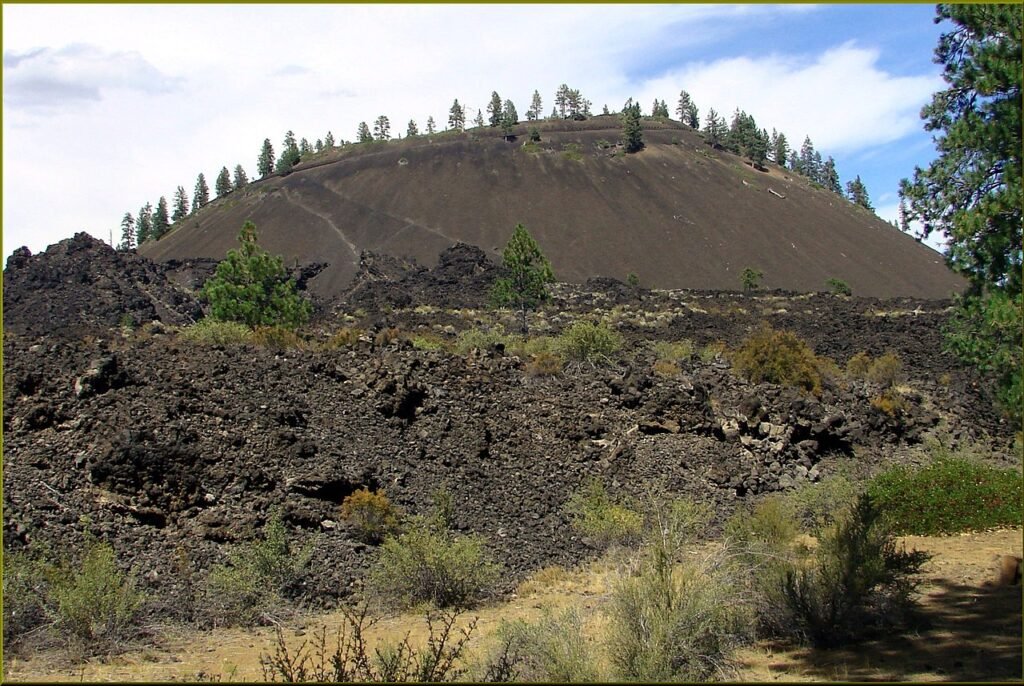
Despite its current dormancy, Newberry is far from extinct. Geothermal activity persists within the caldera, evidenced by hot springs and fumaroles. The United States Geological Survey (USGS) continues to monitor the volcano closely, recognizing its potential for future eruptions that could impact nearby communities.
Life Amidst Volcanic Soil
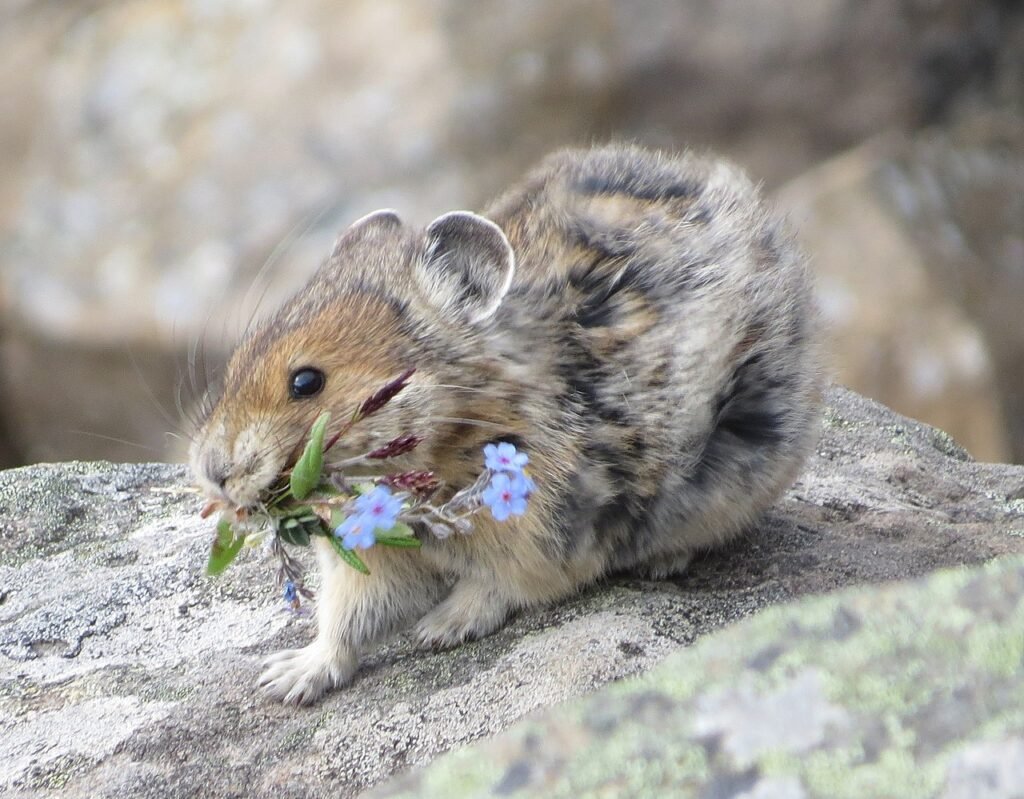
The volcanic soils of Newberry support a diverse array of plant and animal life, showcasing nature’s remarkable ability to reclaim and thrive in disturbed environments. Forests of ponderosa pine, lodgepole pine, and white fir blanket the landscape, providing habitat for species such as mule deer, bobcats, and the elusive American pika.
Lava Cave Forest
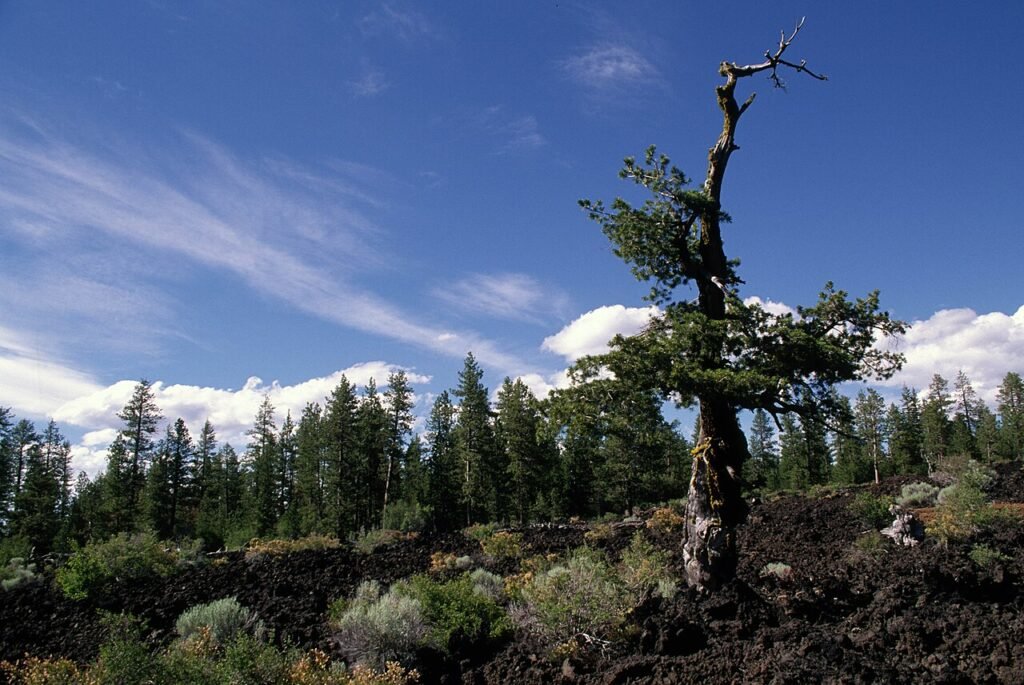
One particularly fascinating area is the Lava Cast Forest, where a lava flow from an eruption approximately 6,000 years ago engulfed a forest, leaving behind molds of trees in the hardened lava. These casts offer a unique window into the past, preserving the shapes of ancient trees and serving as a poignant reminder of the interplay between destruction and renewal.
A Call to Curiosity: Embracing Newberry’s Mystique
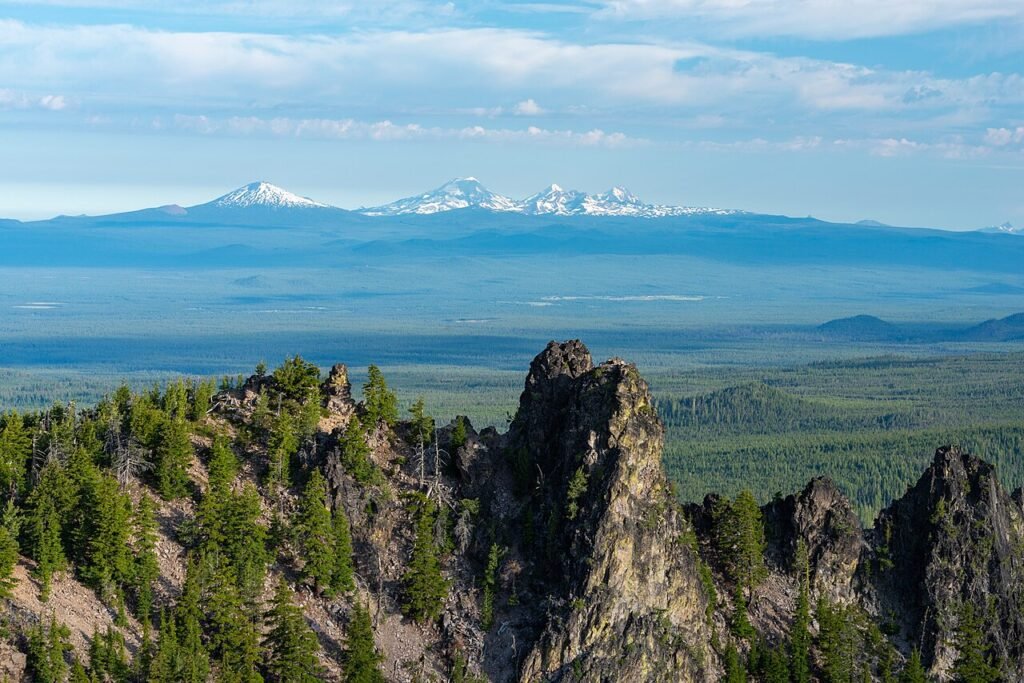
Newberry Volcano stands as a testament to the dynamic forces that shape our planet. Its vast expanse, diverse geological features, and ongoing geothermal activity make it a site of immense scientific interest and natural beauty. Yet, its relative obscurity means that many remain unaware of the wonders it holds.
As we continue to study and monitor this sleeping giant, Newberry offers an unparalleled opportunity for education, exploration, and appreciation of Earth’s volcanic processes. Whether you’re a geologist, a hiker, or simply a curious mind, the volcano invites you to delve into its depths and uncover the stories etched into its rugged terrain.
In embracing Newberry’s mystique, we not only enrich our understanding of the natural world but also foster a deeper connection to the ever-evolving landscape that surrounds us.

Jan loves Wildlife and Animals and is one of the founders of Animals Around The Globe. He holds an MSc in Finance & Economics and is a passionate PADI Open Water Diver. His favorite animals are Mountain Gorillas, Tigers, and Great White Sharks. He lived in South Africa, Germany, the USA, Ireland, Italy, China, and Australia. Before AATG, Jan worked for Google, Axel Springer, BMW and others.


